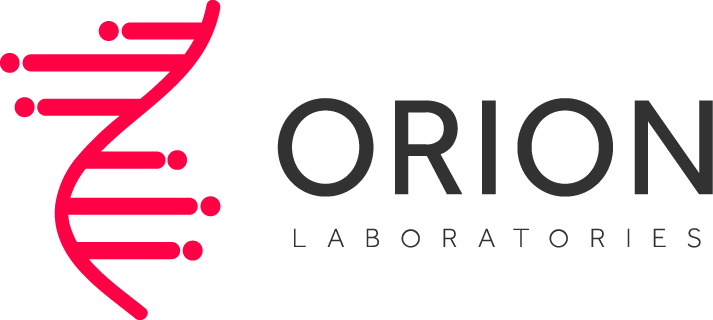Hemoglobin (HGB)
CPT Code(s):
85018
Turnaround Time:
4 hours
Specimen Requirements
Preferred Specimen:
Whole Blood
Minimum Volume:
1.0 mL
Transport Container:
Lavender Top Tube (EDTA)
Transport Temperature:
Room Temperature
Collection Instructions:
Whole blood collected in lavender EDTA tube; inverted several times to mix blood with anticoagulant.
Rejection Criteria:
Hemolysis; clotted specimen; specimen drawn in any anticoagulant other than EDTA; specimen diluted or contaminated with IV fluid; tube not filled with minimum volume; improper labeling; transfer tubes with whole blood; specimen received with plasma removed (plasma is used for other testing)
Stability Criteria
Room Temperature:
24 hours
Refrigerated:
48 hours
Frozen:
Unacceptable
Clinical Significance
Hemoglobin holds specific clinical significance and diagnostic use in evaluating the amount of hemoglobin, a protein responsible for carrying oxygen in the red blood cells (RBCs). It provides valuable information about the patient's oxygen-carrying capacity and aids in the diagnosis and monitoring of various medical conditions.
The specific clinical significance and diagnostic use of Hemoglobin include:
1. Anemia Assessment: Hemoglobin is commonly used to assess the presence and severity of anemia, a condition characterized by a decrease in the number of RBCs or a decrease in the amount of hemoglobin. Anemia can result from various factors such as nutritional deficiencies, chronic diseases, genetic disorders, or blood loss. The test helps healthcare providers identify anemia and guide appropriate treatment based on the underlying cause.
2. Oxygen-Carrying Capacity Evaluation: Hemoglobin is responsible for binding and transporting oxygen to various tissues and organs in the body. Hemoglobin provides important information about the patient's oxygen-carrying capacity. Low hemoglobin levels may indicate reduced oxygen delivery, which can lead to symptoms such as fatigue, shortness of breath, and weakness. Monitoring hemoglobin levels helps assess oxygenation status and guides interventions to optimize oxygen delivery.
3. Blood Loss Assessment: Hemoglobin is used to assess the extent of blood loss, such as in cases of trauma, surgery, or gastrointestinal bleeding. Significant blood loss can result in decreased hemoglobin levels. Serial measurements of hemoglobin help healthcare providers monitor blood loss, guide transfusion decisions, and evaluate the effectiveness of interventions to manage and correct the blood loss.
4. Evaluation of Disease Progression and Treatment Response: In various medical conditions, such as chronic kidney disease, certain cancers, and hematological disorders, serial measurements of hemoglobin levels are performed to monitor disease progression and assess the response to treatment. Changes in hemoglobin levels over time provide insights into the effectiveness of therapy, disease control, and the need for intervention.
5. Screening Tool for Health Conditions: Hemoglobin is used as a screening tool for certain health conditions. For example, it is routinely included in newborn screenings to detect and manage certain genetic disorders such as sickle cell disease and thalassemia. In addition, it is used to assess iron-deficiency anemia during pregnancy and to evaluate potential blood disorders in individuals with a family history of hematological conditions.
6. Monitoring Response to Iron Therapy: In cases of iron-deficiency anemia, Hemoglobin is used to monitor the response to iron therapy. Regular measurements of hemoglobin levels help healthcare providers evaluate the effectiveness of iron supplementation or other treatments and guide adjustments in the treatment plan.
It is important to note that interpretation of hemoglobin values should consider various factors such as age, sex, altitude, and individual patient characteristics. Reference ranges may vary depending on the laboratory and patient population.
In summary, Hemoglobin has specific clinical significance in assessing anemia, evaluating oxygen-carrying capacity, assessing blood loss, monitoring disease progression and treatment response, screening for health conditions, and monitoring response to iron therapy. By measuring hemoglobin levels in the blood, this test provides valuable information for diagnosing and managing various medical conditions related to blood and oxygenation.
